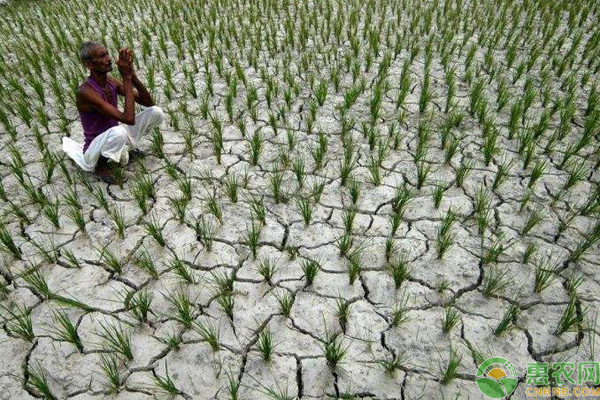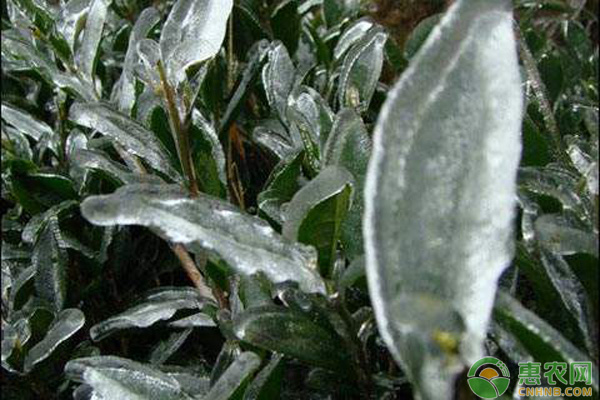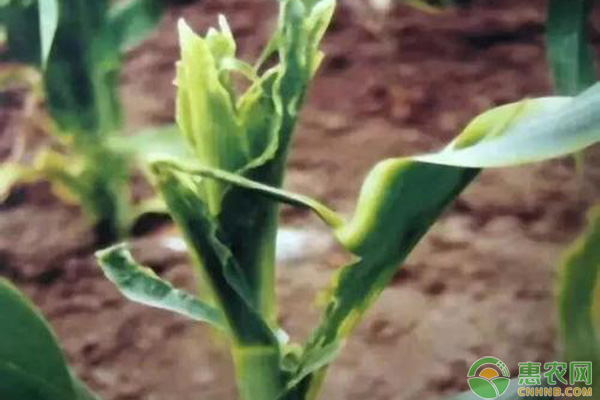What are the agricultural meteorological disasters? Various measures for agrometeorological disasters
For agricultural planting, the most influential factor is meteorological factors. Agro-meteorological disasters have cold wave, cold spring, heat damage, East China Sea, cold damage, drought, flood, snow disaster, hail, wind damage, dry hot wind and so on. So how do we prevent these agricultural disasters? The climatic factors determine the crop varieties and farming systems in the area. Meteorological disasters put forward higher requirements for crop varieties and farming systems. Therefore, in response to agrometeorological disasters, we should carefully select varieties, rationally cultivate, and actively respond to agrometeorological disasters. Today, Xiaobian will sort out the countermeasures under various agricultural meteorological disasters. I. Drought (Spring drought from March to May, drought in July) Drought is a phenomenon in which there is no precipitation for a long period of time, no dry water caused by irrigation water or abnormal precipitation, and water shortage in the land. Due to the long-term disrepair of water conservancy in some areas, there is a staged drought due to short-term high temperature and no rainfall, as well as poor irrigation conditions, even in arid regions. Therefore, where there is a staged drought, it should be considered as a risk of drought. Therefore, we should try to hang dryland crops on crop varieties, or choose drought-tolerant and drought-tolerant varieties. In addition to selecting drought-tolerant and drought-tolerant works on the varieties, it is also necessary to rationally use phosphorus, potassium and calcium fertilizers, apply exogenous ABA, kaolin, etc. to promote stomatal closure and reduce transpiration. At the same time, it can adopt water-film mulching and drip irrigation to save water. Reasonable water use. Second, cold damage Because different crops have different physiologically desirable temperatures at different growth stages and can withstand the critical temperature, some crops will produce chilling even at temperatures below 20 °C. Chilling damage will delay the growth period of the crop and will not mature before the first frost arrives. It will also cause damage to the reproductive organs of the crop during the heading and flowering period, resulting in empty grains and reduced yield; it will also cause diseases such as rice blast. Therefore, in dealing with chilling injury, early maturing late rice varieties and low temperature resistant late rice varieties should be adopted to avoid the influence of low temperature on pollen fertilization; it can also be adjusted early by adjusting the sowing date; it can also resist cold damage through irrigation and heat preservation; water spray or root dressing Can achieve the purpose of increasing temperature. Third, heat damage The continuous high temperature since July has already affected the corn and rice seed setting rate in many places, and the yield has been seriously reduced. This is due to the continuous high temperature causing the atmospheric drought, causing the water balance damage of the plant, which will have a huge impact on crop growth and yield in a short time. If the maximum temperature in the day is greater than 30 ° C, the relative humidity is less than 30%, and the wind is above level 3, dry hot air will also be formed. This dry hot air will aggravate the degree of dryness and heat damage, causing the crop to be dry or dry and in bloom. The rice will turn into white spikes. When the high temperature strikes, there are conditions for irrigation and cooling, or spray cooling. Unconditional nitrogen fertilizer can promote crop growth and increase resistance. Different varieties also have different high temperature resistance, and selection of high temperature and drought resistant varieties can also help to resist heat damage. Fourth, flood Flood damage to crops is mainly caused by flooding, which causes the soil to be filled with water. The air cannot enter the soil freely. The roots of the plants lack the oxygen necessary for life, and the soil also accumulates carbon dioxide and organic acids. Substance, affecting the development of the root system, will cause the plant to suffocate and die for a long time. In response to floods and floods, it should be actively drained, clean the leaves covered by sediment, and promote the recovery of crops. At the same time, it is necessary to build water conservancy facilities to ensure timely and convenient drainage and irrigation. 5. Hail and snowstorm The most striking feature of hail is that it can damage crops and even kill crops. Wherever they go, crops are severely reduced. The snowstorm mainly causes the collapse of the greenhouse in winter, crushing the crops, or freezing the crops. Therefore, we must actively check the weather forecast and timely take protective measures, such as timely snow sweeping, strengthening the greenhouse, and using both hands to reduce the impact of natural disasters on agriculture, must not sit still, watching the heavy snow collapsed greenhouse. The above is about the introduction of common disasters. Some disasters are predictable and some are unpredictable. Therefore, we must do a good job of disaster management. For the five disasters described above, their protective measures have been answered, and I hope that the contents of the introduction can help the majority of growers. Guiding Catheter,Diagnostic Catheter,Cardiology Angiographic Guiding Catheter,Guiding Catheter for Intervention Surgery Anesthesia Medical Co., Ltd. , https://www.sinoanesthesia.com


